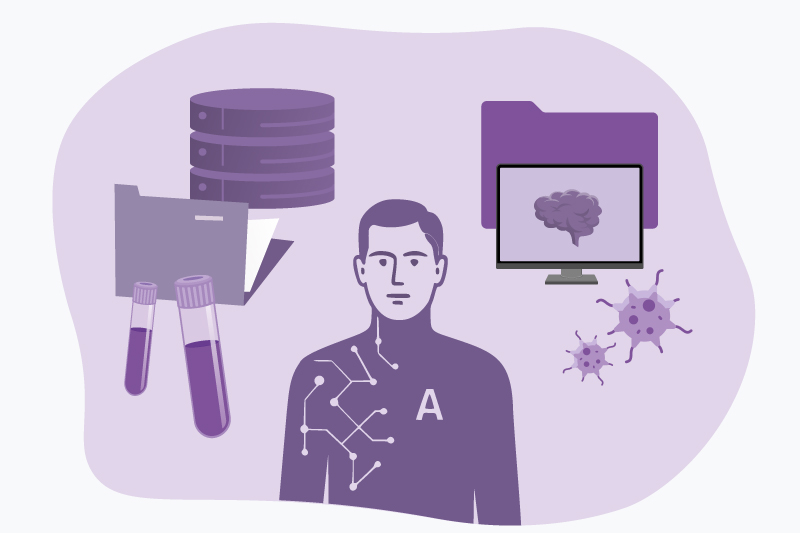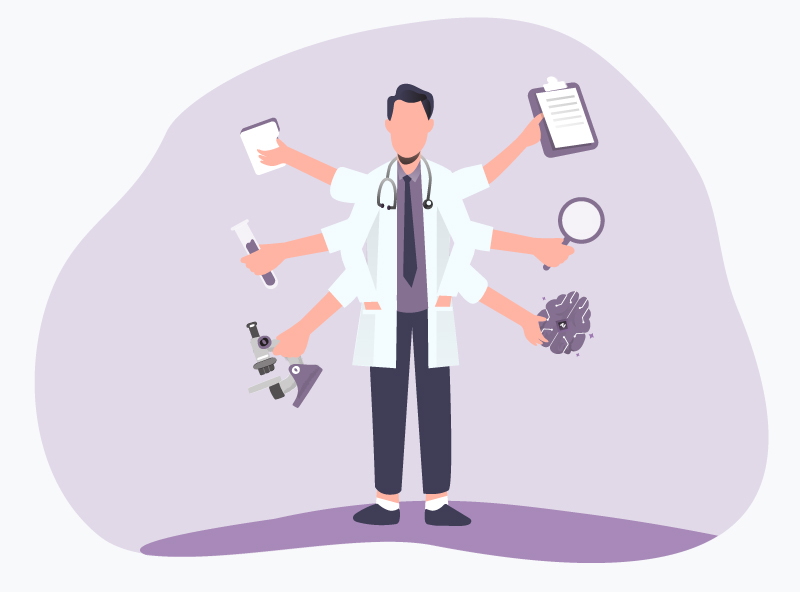The utilization of open source software creates a dynamic and adaptable working environment without sacrificing control over one’s own data. In addition, open source systems prove to be extremely powerful and suitable for efficiently processing large amounts of data and complex requirements. For this reason, they find application in extensive companies and organizations. This includes highly specialized areas, such as clinics.
Well-known representatives of such solutions in hospitals are FHIR-Store, openEHR and Mirth. These applications provide a software infrastructure to enable effective data exchange between different healthcare facilities, while ensuring compliance with common standards, such as LOINC, SNOMED CT, and regulatory requirements. Unlike other industries, these standards are completely publicly viewable. This provides an opportunity for small providers to align with existing standards, leading to a broader offering in the healthcare space.
Open Source Technologies Designed for Efficient Data Processing in Hospitals
Numerous open source systems are already being used in clinics to ensure the efficient management of large volumes of data and to provide a wide range of functionalities:
Data Bus/Event Streaming: This area represents the real-time processing and transmission of data streams between different systems. This includes systems such as Apache Kafka, Apache Flink, and RabbitMQ. Apache Kafka is a distributed event streaming platform that enables real-time processing, storage and transmission of data streams. Apache Flink also provides comprehensive stream processing capabilities and integrates seamlessly with the Kafka infrastructure. On the other hand, RabbitMQ acts as a message broker and opens up the possibility of sending and receiving messages between different distributed systems.
Data Lake/Data Warehouse: In this context, PostgreSQL, TimescaleDB and ClickHouse become highly relevant. The purpose of these systems is to store, retrieve and analyze large amounts of data. PostgreSQL, as an open source relational database, extends its functionality with TimescaleDB to also allow efficient management of time series data. ClickHouse, on the other hand, represents a powerful data warehouse system specifically designed for OLAP queries, and is particularly suitable for projects with large data sets.
Monitoring: When it comes to monitoring, Prometheus and Grafana are particularly important as essential tools for collecting and visualizing system metrics. Prometheus acts as an open source monitoring tool that meticulously collects system metrics and stores them in a central repository. Grafana, as a platform for engaging visualization of metrics, can be seamlessly integrated with Prometheus. Using these powerful tools ensures consistent and holistic monitoring, counteracting frequent fragmentation. These occur when different vendors provide only parts of the monitoring solution.
Data Catalog/Metadata: In the area of data cataloging and metadata management, DataHub is proving to be of significant importance. This platform is used to efficiently manage metadata and ensure data interoperability. It also enables the collection, secure storage and targeted search of metadata in order to maintain a comprehensive overview of the various data types and significantly promote interoperability. In this context, open source software is additionally characterized by its transparency. The source code is freely accessible to everyone, which is an advantage in the context of sensitive health data in accordance with Kerckhoff’s principle [1]. Security experts and the broader community can review the code for vulnerabilities, analyze security practices, and contribute to continuous improvement.
The potential challenges and opportunities of open source systems
However, similar to the use of physician information systems (AIS/PVS), hospital information systems (HIS) and laboratory information systems (LIS), the use of open source systems also carries the potential risk of dependence on individual providers. In this area, numerous customers and partners have already reported extended waiting times for the integration of interfaces as well as the use of proprietary standards. In addition, difficulties can occur if open source technologies that are not specifically geared to the clinic are used. Since these often originate from other industries, there can be increased implementation effort, which in turn usually leads to delays and further challenges. To overcome drawbacks such as this, it is therefore strongly recommended to work with experts who have expertise in supporting and managing these systems.
At the same time, benefits can also be derived from the use of open source systems that are not specifically geared to clinical applications. These result from their widespread use in various industries. This results in easier access to the developers. In addition, numerous connectors and information resources are available on the Internet, and the systems have often already been tested in large organizations and in dealing with large amounts of data.
Which conclusions can be drawn?
In summary, open source technologies not only offer an economical way to improve the data infrastructure in a hospital, but also the flexibility to adapt to continuously changing requirements. However, it is crucial to be fully informed before implementation and to consult experts if necessary to ensure a smooth and successful implementation process.
References:




